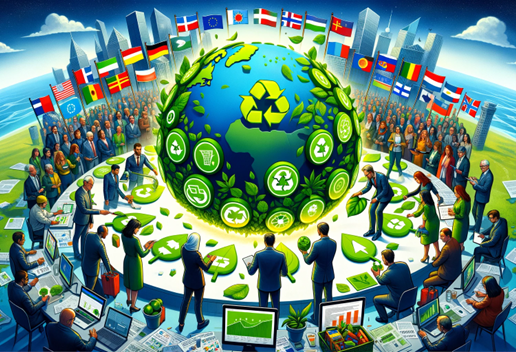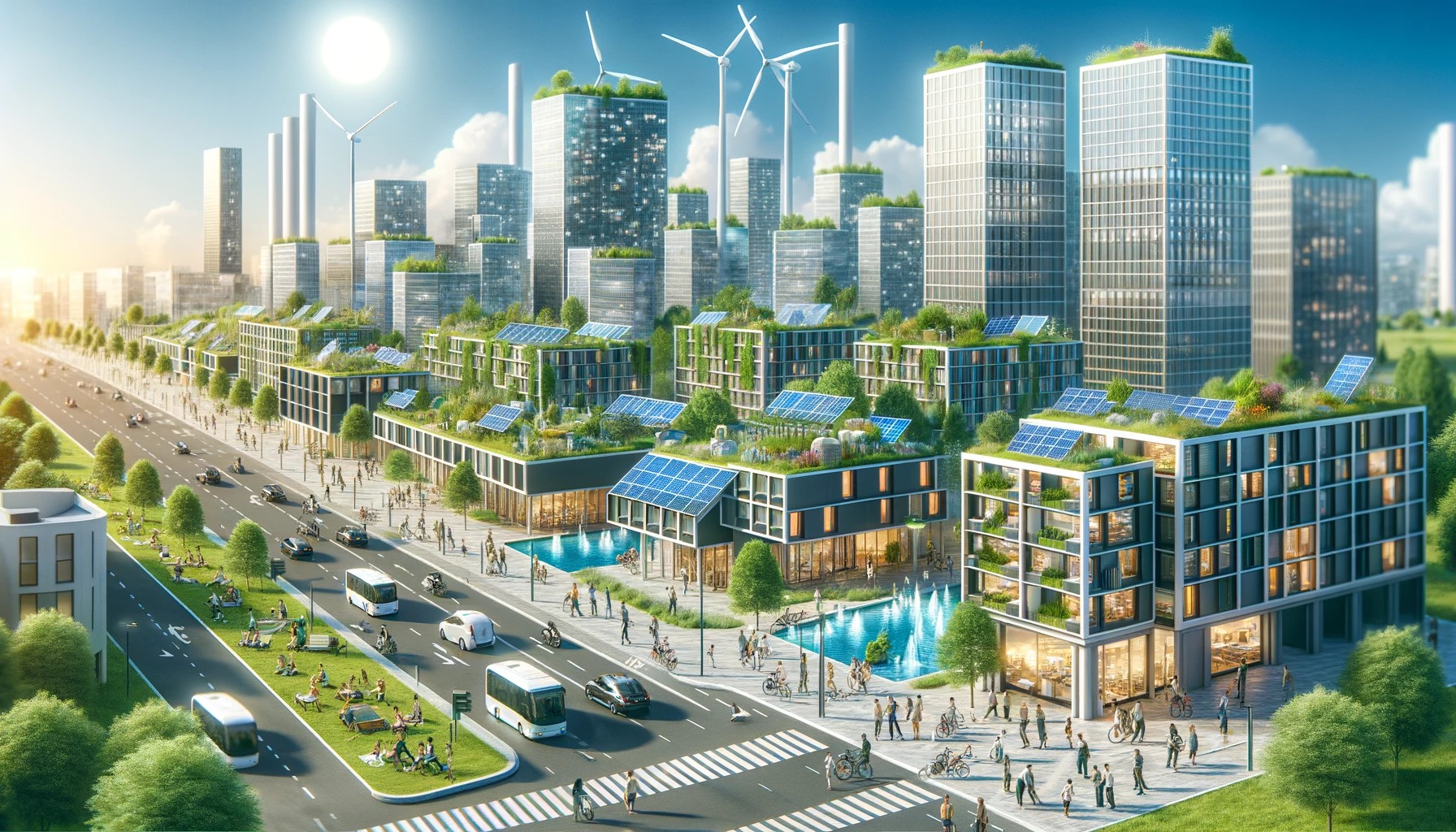
An energy audit constitutes a comprehensive assessment designed to evaluate the energy efficiency of buildings, systems, and operational processes. This analytical process aims to uncover inefficiencies in energy usage and identify opportunities for enhancement and energy conservation. Conducted through a thorough examination, its purpose is to gain a nuanced understanding of energy consumption patterns within a particular structure or process and to devise strategies for optimization.
The principal objectives of conducting an energy audit include:
- Identification of Potential Energy Savings: The audit serves to pinpoint specific areas where energy usage is excessive or inefficient. Common findings may include thermal leaks, improper settings of heating and cooling systems, the use of outdated electrical appliances, or inefficient lighting solutions.
- Enhancement of Energy Efficiency: Insights gained from the audit facilitate the formulation of strategies to optimize energy consumption. This may involve the adoption of more energy-efficient appliances, enhancement of building insulation, fine-tuning of HVAC system operations, or the integration of renewable energy sources.
- Reduction of Operational Costs: By streamlining energy management practices, significant cost savings can be achieved. The audit identifies potential reductions in energy usage that translate directly into decreased utility expenses.
- Promotion of Sustainable Energy Use: The energy audit is a vital instrument in advancing sustainable development goals and mitigating greenhouse gas emissions. Enhancements in energy efficiency contribute to reducing the environmental footprint of operations.
Energy audits are conducted by external specialists or experts in energy efficiency, who are fully certified and authorized to undertake such evaluations.
The outcomes of an energy audit offer a detailed overview of current energy consumption levels and provide targeted recommendations for implementing energy efficiency improvements. At Grantera, we maintain a roster of skilled auditors capable of delivering these critical insights.
For further inquiries or to discuss the potential benefits of an energy audit for your organization, please feel free to schedule a complimentary consultation with one of our Energy Efficiency Experts through the form.




